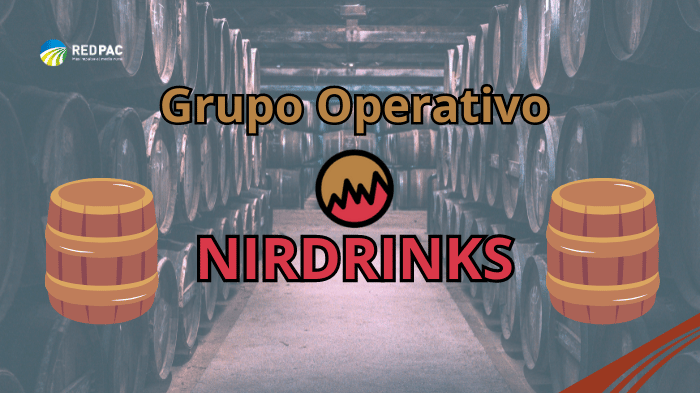
14 de October de 2024
The Operational Group aims to ensure that Asturian companies will have access to a tool for classifying and/or characterizing oak by 2025, creating an "Asturian barrel manufacturing seal."
- The project aims to classify Asturian oak wood for its novel use in barrels for different wines.
- The success of the studies could lead to the creation of an "Asturian barrel manufacturing seal" that would enhance the quality and competitiveness of the wood and the wines that use it.
The main challenge for companies that produce barrel-aged products is achieving product consistency and reproducibility, as well as selecting suitable barrels to unleash their potential. Traditionally, experience and trial and error have been key to this process.
Cooperages such as Seguin Moreu and Vicard in France have developed systems based on chemical analysis and technology to improve precision and consistency in wood selection. This approach allows for the creation of customized barrels with precise organoleptic profiles, offering greater product consistency and quality.
In this context, the Nirdrinks Operational Group was born , which in 2023 began its operations in the Principality of Asturias with the main objective to develop and validate our own prototype for on-site classification and characterization of Asturian oak wood for new and wine-seasoned barrels based on NIR technology (Near Infrared Reflectance Spectroscopy).
In this way, the Operational Group aims for Asturian companies to have access to a tool for classifying and/or characterizing oak wood by 2025, creating an "Asturian barrel manufacturing seal."
NIR technology is useful because it allows for highly precise, homogeneous, and reproducible barrels, products that meet the demands of the variety and characteristics specific to a wide range of wines.
Expectations
The general objective will be achieved through a series of partial objectives:
- Design, manufacture and commissioning of a portable prototype .
- Extension and adaptation of NIR models for predicting phenolic content to the prototype in new wood .
- Development of NIR prediction models for phenolic content in wine-treated oak wood and adaptation of the prototype to these measurements.
- Validation of the prototype through its application to the production of various beverages by companies in the sector in the region.
In short, the goal is for Asturian beverage companies with experience in product development to test different prototypes to validate wood studies and their chemical characterizations. All of this will ultimately allow this barrel production method to be put into practice, allowing companies to benefit from the advantage of having their own barrel-making seal of approval.
The expected results are based on companies using these barrels being able to:
- Develop new products to achieve diversification
- Reach new markets .
- Increase productivity .
- Improve competitiveness and marketing .
For wood exporting companies, it offers the opportunity to create a differentiated product that meets higher quality standards. These cooperage professionals are part of a business ecosystem that needs to be at the forefront of innovation and adapt to oenological needs.
Furthermore, the project's success could create new jobs and new types of activity, since promoting the use of Asturian oak for cooperage will positively impact the production of this type of wood, improving its management and profitability. In short, the project is investing in a wood whose properties have proven to have greater potential for use in wine than the woods traditionally used in barrel production.
Partners and financing
The Nirdrinks Operational Group, coordinated by the Forestry and Wood Technology Center ( CETEMAS ), is made up of beverage companies such as Restaurante Blanco and Poligamia Etílica. The cider producers Llagar Panizales also collaborate .
The project has a total budget of €167,663.13, financed by the European Union through the European Agricultural Fund for Rural Development ( EAFRD ), the Ministry of Agriculture, Fisheries and Food , and the Regional Ministry of Rural Environment and Agricultural Policy of the Principality of Asturias .











